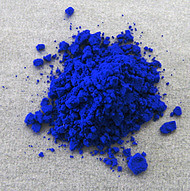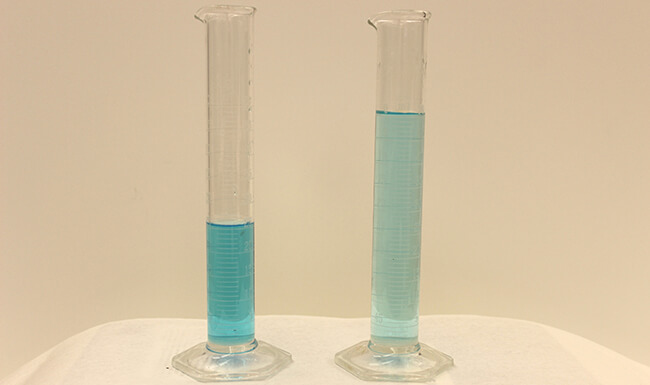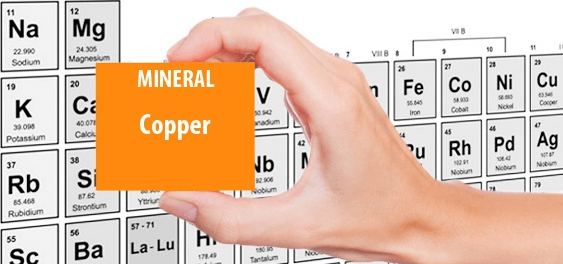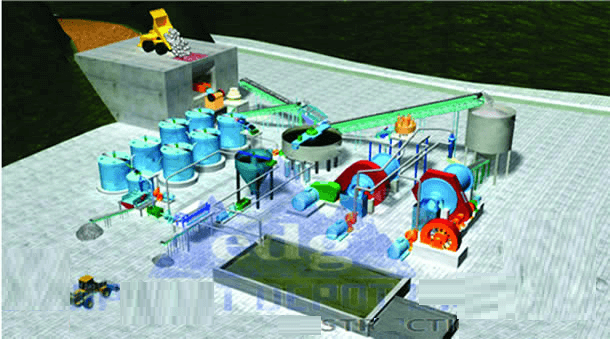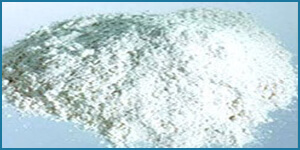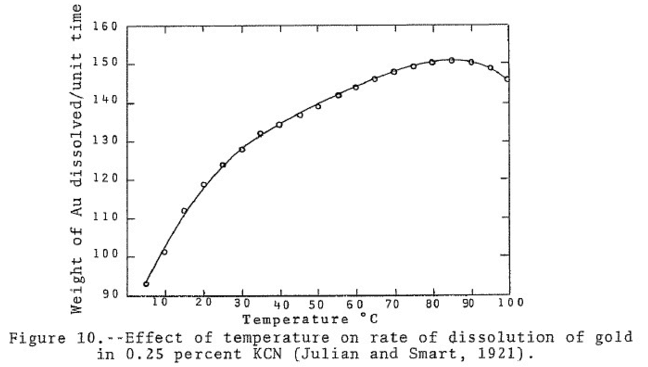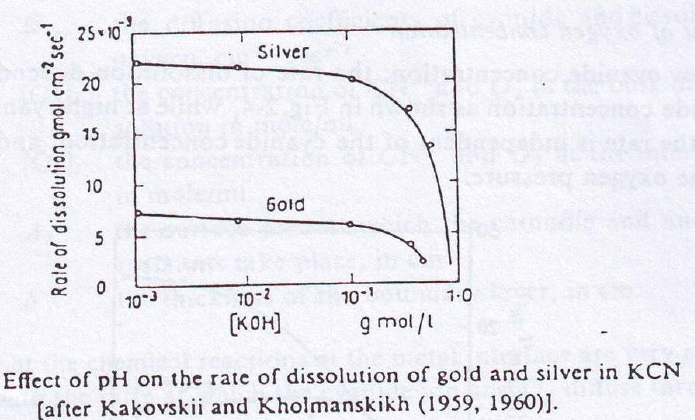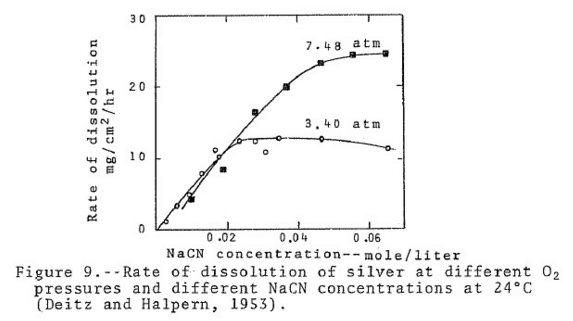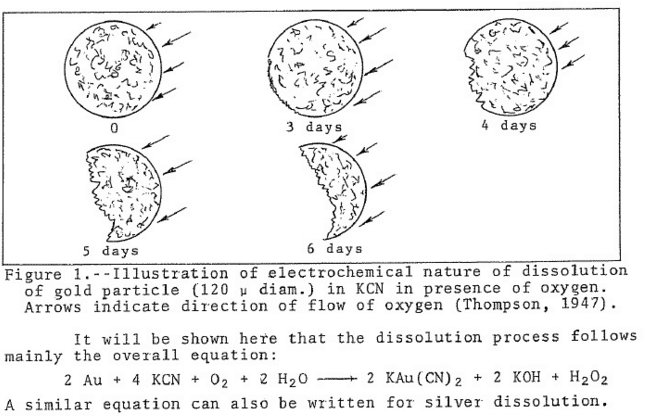Cyanide Leaching and Decomposition of Pyrrhotite
Research on cyanidation methods brought considerable discussion on the reactions involved in the leaching and decomposition of pyrrhotite in cyanide solutions. Pyrrhotite has one loosely held sulphur atom which readily reacts with cyanide to form thiocyanate: Fe5S6 + NaCN = NaCNS + 5 FeS The ferrous sulphide oxidizes rapidly to the sulphate which reacts with cyanide to … Read more

